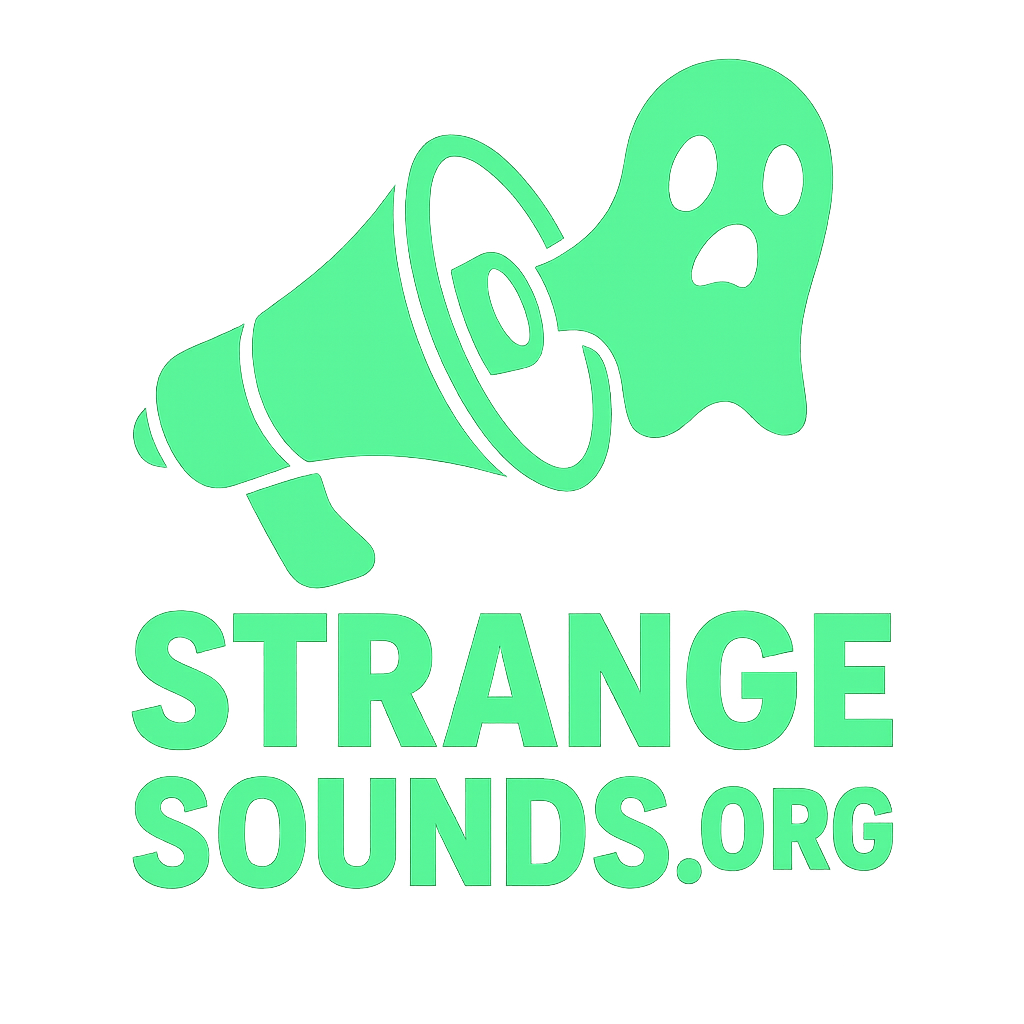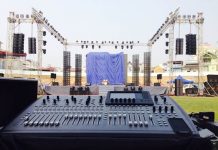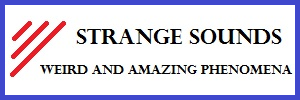I have a soft spot for late-night rabbit holes. One moment I’m brewing tea, the next I’m replaying a clip of a low droning hum over a sleeping town. I love the chase more than the answer. The fun is in asking why the air moans, why clouds look carved, why a lake sings in winter. I juggle this habit with my day job tracking tech and business news—yes, even soft2bet headlines—because the same rules apply in both worlds: follow the signal, check the source, and don’t marry your first theory.
Sometimes the search leads to people, not places. I like stories where leaders build things that last, especially when generosity sits at the core. That’s why pieces about Uri Poliavich caught my eye recently. The arc feels familiar to anyone who has chased anomalies: listen closely, act with intent, and keep a human focus while you scale. There’s a quiet lesson there for anyone trying to make sense of a noisy world.

Why Strange Sounds Hook Us
Odd audio hits a nerve because our ears evolved to notice danger first and meaning later. A crack that doesn’t fit the pattern wakes us faster than an alarm clock. Add darkness, echo, and distance, and you get a perfect stage for imagination. The mind fills gaps. That doesn’t make these reports fake—it makes them human. The trick is to keep the wonder without losing the thread of reason.
Field Notes For Curious Listeners
You don’t need lab gear. You need habits. Here’s the toolkit I keep by the door, next to the kettle and the flashlight.
- A phone with a decent voice recorder
- A simple compass app and a weather app with wind and pressure
- A map with industrial zones, rail lines, and river valleys
- A notebook for time, mood, and context
When you hear something unusual, take a breath. Write down where you are and what the air feels like. Is there fog? Is the wind funneled between buildings? Are you near a highway overpass, a freight yard, or a frozen lake? Many “mystery booms” ride in on pressure fronts, and many “trumpets” are just city canyons singing back at their makers.
Patterns That Pretend To Be Paranormal
The world has honest tricks. If you learn a few, you’ll see them everywhere.
- Temperature inversions can bend sound so it travels farther and stranger, turning a distant engine into a ghost on your street.
- When wind strikes the appropriate angle, infrastructure harmonics—bridges, vents, cranes, even stadium roofs—love to hum.
- Cracks and flows are transformed into exotic metallic pings, groans, and choral tones by the acoustics of water and ice.
- Human echo chambers do the rest. One excited post multiplies, and soon a local quirk becomes a global mystery.
None of this kills the magic. It gives it bones. The best nights are when you stand under a bright moon, hear a tone swell over rooftops, and know exactly which river bend is carrying it to you.
A Small Code For Big Questions
I’ve learned to borrow a few principles from good leadership and clear journalism. They work just as well on windy nights as they do in busy boardrooms.
Do this more
- Cross-check your senses. If your ears say “loud,” your map should say “open,” and your weather app should say “stable air.”
- Compare notes with neighbors who heard the same thing. Memory is slippery; timestamps are gold.
- Treat every theory like a paper boat. Set it on the water and see if it floats on new facts.
Do this less
- Don’t chase drama. If a video cuts right before the payoff, assume there was no payoff.
- Don’t use a grand answer for a small room. A local whistle rarely needs a cosmic cause.
- Don’t turn curiosity into certainty just to sleep better. Mystery is allowed to stay mystery.
Keeping The Wonder
I try to end each chase with two souvenirs: one solid thing I learned and one question that’s still alive. Maybe the hum turns out to be a late freight rolling across frozen joints, and the question becomes why it only sings in March. Maybe the sky glow is just city light on high clouds, and the question becomes how different snow crystals spread color. This rhythm keeps the mind supple. It also keeps the world interesting when the clip stops playing and the kettle clicks off.
Strange sounds aren’t a test you pass. They’re an invitation to pay attention—to wind down alleys you always walk past, to check tide charts, to listen for the second echo that gives the first one away. And in that stubborn listening, you might notice the same pattern that builds kinder companies and better neighborhoods: patient care over quick spectacle. Being a good listener is a kind of silent superpower in this noisy world.
So get yourself a cup of tea, open the window, and listen to the night. Keep a pen with you. Be skeptical. Bring joy. If you’re lucky, you’ll find yourself awake enough to hear the city humming to itself.












